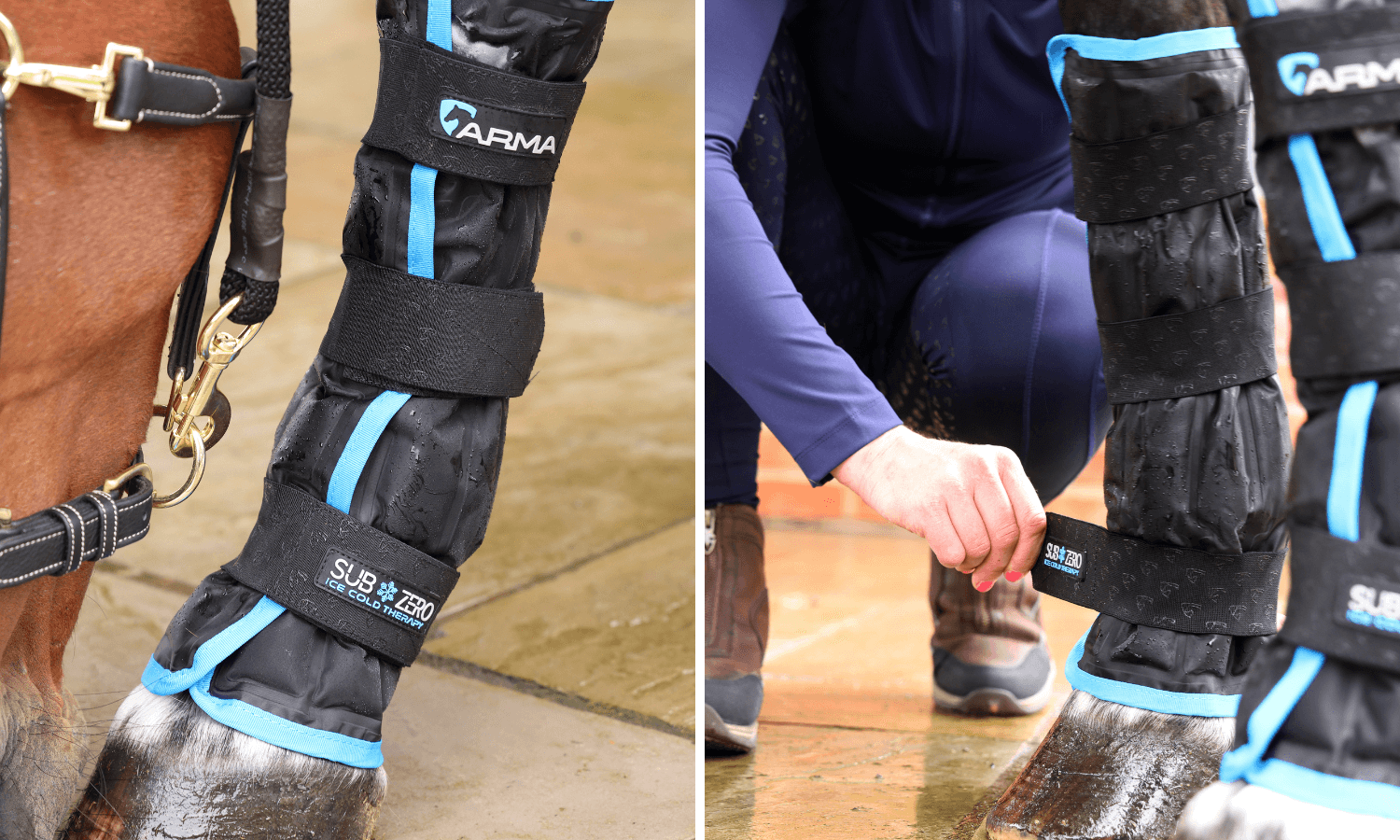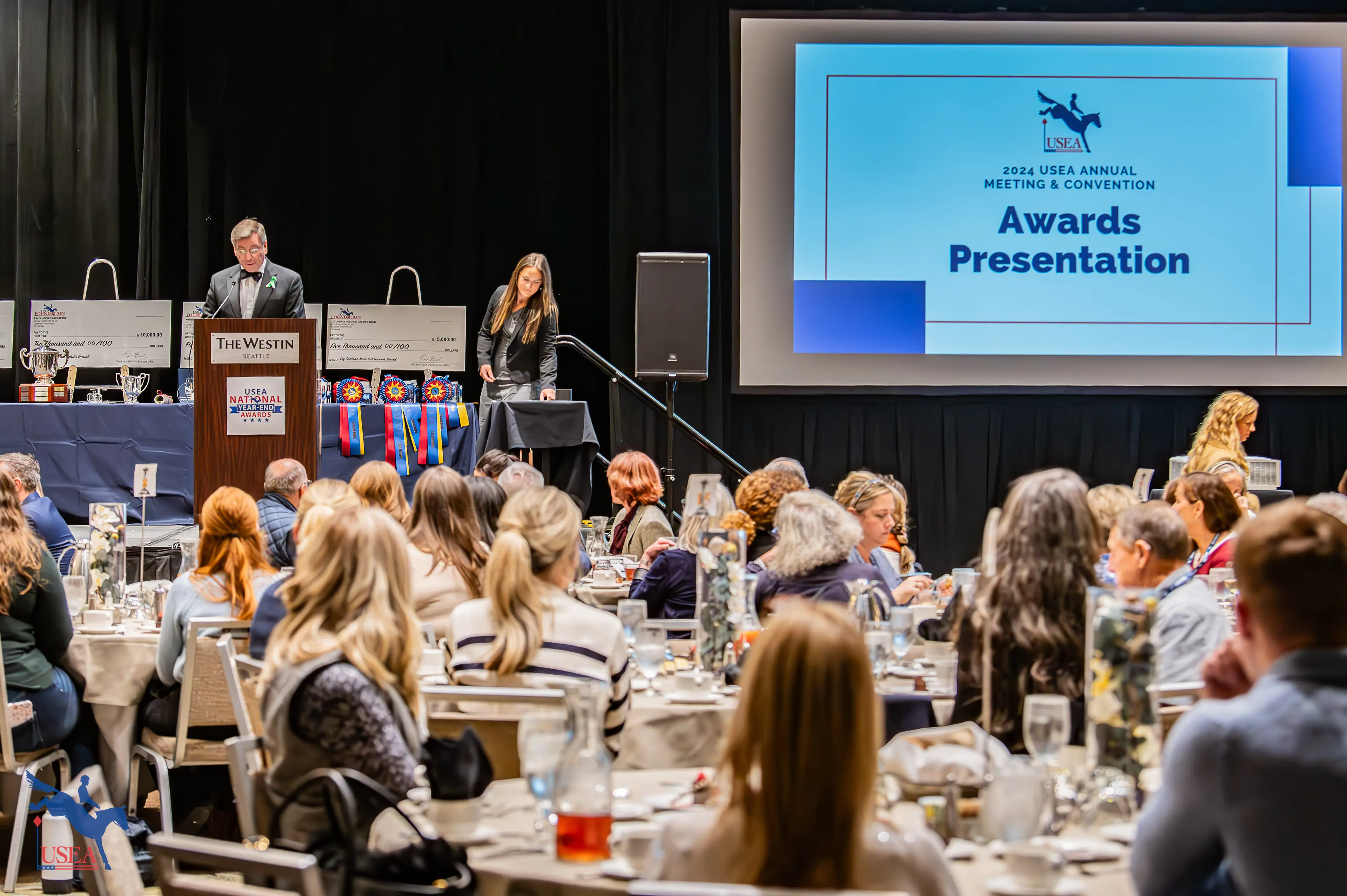Rule Refresher: Cross-Country Scoring

There are a number of ways to incur penalties on cross-country, from refusals and run-outs to exceeding the optimum time, and they sometimes vary depending on the level of competition. Make sure you're up to date with all the different ways to earn penalties on cross-country before you next step out of the startbox.
Text has been taken directly from the USEF Rules for Eventing with emphasis added by the USEA.
EV141 Cross-Country Scoring
1. FAULTS AT OBSTACLES:
a. Disobediences –
1. First refusal, run-out or circle - 20 penalties
2. Second refusal, run-out or circle at the same obstacle - 40 penalties
3. Third refusal, run-out or circle at the same obstacle - Elimination
4. Third penalized disobedience on the entire course at Preliminary, Intermediate or Advanced - Elimination
5. Fourth penalized disobedience on the entire course at Beginner Novice, Novice, Training or Modified - Elimination.
b. Falls –
1. First fall of competitor in which the competitor lands on his/her feet and remains standing (Beginner Novice and Novice) - 65 Penalties
2. Second fall of competitor (Beginner Novice and Novice) - Elimination (RF)
3. First fall of competitor (Training, Modified, Preliminary, Intermediate and Advanced) - Elimination (RF)
4. First fall of horse - Mandatory Retirement
5. *to facilitate accurate administration of EV105.3 (Loss of Establishment) Competitor Falls will be denoted as “RF” on official score sheets and results.
6. Activating a frangible device - No Penalties.
c. Willful Delay - (Beginner Novice, Novice, Training and Modified Levels)
1. Between the last fence and the finish line 20 penalties
2. TIME AND SPEED FAULTS:
a. Time Faults
1. Exceeding optimum time - 0.4 penalty point per sec.
2. Exceeding time limit - Elimination
b. Speed Faults - (Beginner Novice, Novice and Training Levels)
1. (1) For each second under Speed Fault Time 0.4 penalty points
3. ADDITIONAL REASONS FOR ELIMINATION:
a. Elimination is left to the discretion of the Ground Jury in the following cases:
1. Jumping or attempting to jump any obstacle without headgear, or with an unfastened retention harness, EV114.1.
2. Willful obstruction of an overtaking competitor, or failure to follow the instructions of the officials while being overtaken, EV138.5c
3. Causing danger to another competitor while overtaking that competitor, EV138.5c.
4. Failure to stop when signaled, EV138.7b.
5. Unauthorized assistance, EV138.8a.
b. Elimination must be applied in the following cases:
1. Competing with improper saddlery, EV115.3.
2. Error of course not rectified, EV138.3.
3. Omission of obstacle or compulsory passage, EV138.3.
4. Jumping an obstacle or passing through a compulsory passage in the wrong order, EV138.3.
5. Jumping an obstacle in the wrong direction, except when EV142.5 applies.
6. Retaking an obstacle already jumped, except when EV142.5 applies.
EV142 Cross-Country—Definitions of Faults (Drawings, Appendix 7)
1. GENERAL.
Faults (refusals, run-outs, circles and falls) will be penalized unless in the opinion of the responsible judge, they are clearly not connected with the negotiation or attempted negotiation of a numbered obstacle or element for the relevant competition in progress. The negotiation or attempted negotiation of an obstacle commences with the presentation of the horse to the obstacle.
2. DISOBEDIENCES (REFUSALS and RUN-OUTS)
a. Refusals.
1. At obstacles or elements with height (exceeding 30 cm), a horse is considered to have refused if it stops in front of the obstacle to be jumped.
2. At all other obstacles (i.e., 30 cm or less in height) a stop followed immediately by a standing jump is not penalized, but if the halt is sustained or in any way prolonged, this constitutes a refusal. The horse may step sideways but if it steps back, even with one foot, this is a refusal.
3. After a refusal, if a competitor redoubles or changes his efforts without success, or if the horse is represented at the obstacle after stepping back and stops or backs again, this is a second refusal, and so on.
b. Runouts. A horse is considered to be disobedient if it runs-out, avoids the obstacle or element to be jumped in such a way that it has to be represented. A rider is permitted to change his mind as to where he jumps an obstacle or element at any time without penalty for a run-out, including as a result of a mistake at a previous obstacle or element.
c. At an obstacle composed of several elements (A B obstacle), a horse may be disobedient and refuse or run-out only twice in all without incurring elimination.
3. CIRCLES.
a. At an obstacle composed of several elements (A, B, C, etc.) a horse will be penalized once it has jumped the first element and before it has jumped the last if:
1. It passes around the back of any element of the lettered combination that it subsequently jumps.
2. It crosses between the elements. See diagrams App. 7. Also, see EV140.2.c for possible exceptions at black-flagged alternatives.
b. After being penalized for a refusal, run-out or circle, a competitor is permitted to cross his original track without penalty in order to make another attempt and may also circle one or more times without penalty, until he again presents his horse at the obstacle.
c. At separately numbered obstacles, a competitor may circle between or around them without penalty provided he has not represented his horse at the second or subsequent obstacles.
4. FALLS.
a. A competitor is considered to have fallen when he is separated from his horse in such a way as to necessitate remounting or vaulting into the saddle.
b. A horse is considered to have fallen when at the same time both its shoulder and quarters have touched either the ground or the obstacle and the ground.
c. A fall will always be penalized when it occurs between the elements of an obstacle composed of several elements (A B C).
5. ADDITIONAL ATTEMPTS AT OBSTACLES COMPOSED OF SEVERAL ELEMENTS.
If after a disobedience at an obstacle composed of several elements a competitor wishes to retake any element already jumped in order to complete negotiation of the obstacle, he may do so. However, he is liable to be penalized for any additional fault even if it is at an element previously jumped successfully. If after a disobedience a competitor wishes to pass through flags in the wrong direction in order to retake an element, he may do so without penalty.
6. WILLFUL DELAY.
A competitor is considered to have willfully delayed his finish if, between the last fence and the finish line, the horse halts, walks, circles, or serpentines. The competitor will be penalized at the discretion of the Ground Jury.
7. INSTRUCTIONS TO OFFICIALS.
Where there is any doubt as to the correct interpretation of the rules of judging any obstacle, the Technical Delegate, on the advice of the Ground Jury, shall approve the instruction to the judges and provide a rough sketch if necessary. And all competitors shall be informed of any such instructions at the briefing, or as soon as possible if later.
Want to catch up on past rule refreshers? Click here.














